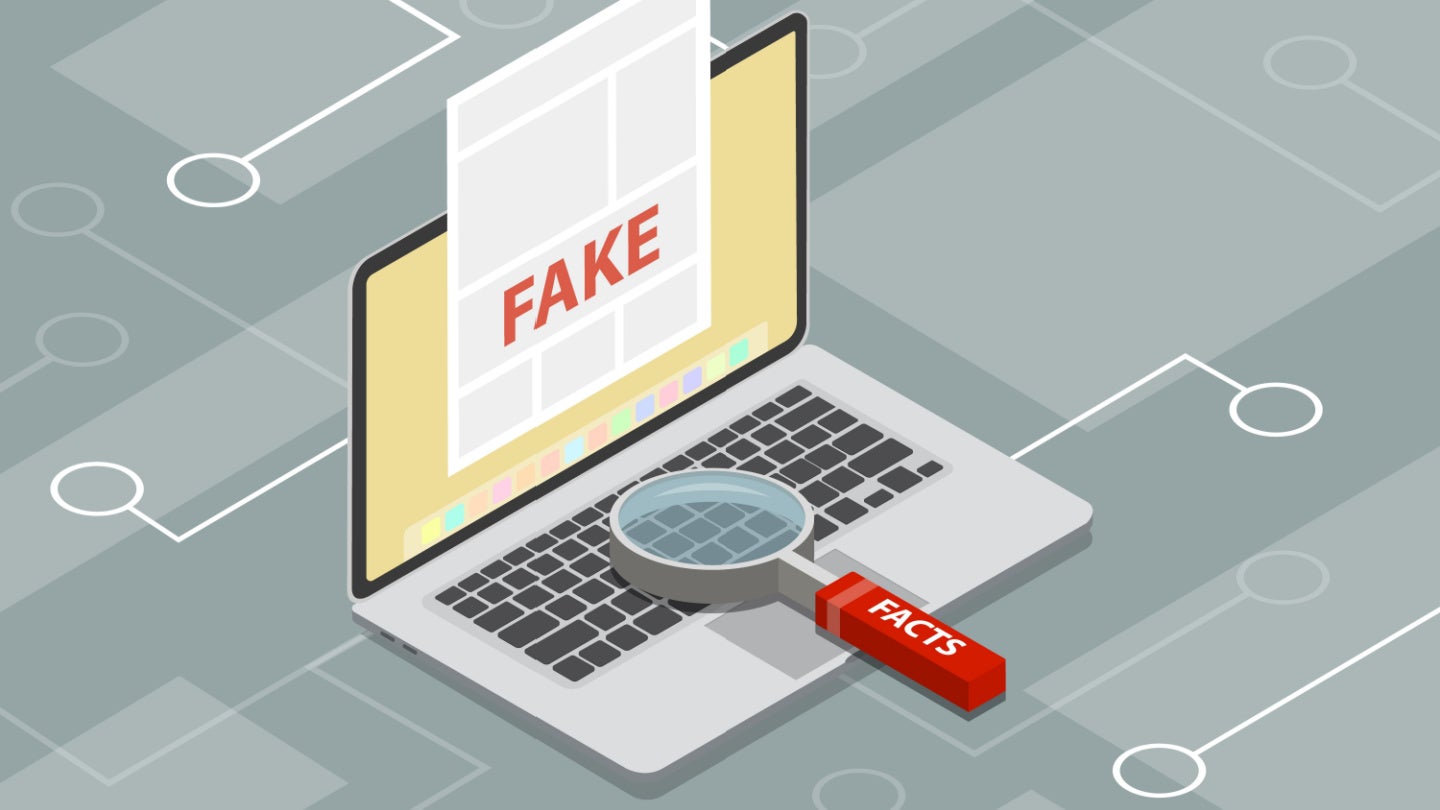The devastating wildfires on the Hawaiian island of Maui are the latest disaster to be subject to fake news, in the shape of conspiracy theorists’ increasingly outlandish claims, with some online users suggesting the fires were caused by laser beams, a government conspiracy, Oprah Winfrey, or the usual culprits: aliens.
Though the events unfolding in Hawaii are tragic, the resultant conspiracy theories and misinformation are unfortunately par for the course. More must be done to combat the spread of misinformation and fake news, particularly on X (formerly Twitter). Currently, the site’s only serious form of moderation is its “Community Notes” feature.
On X, the truth is malleable
Following the outbreak of the fires in Maui, US President Joe Biden promised to deliver aid. In one of a series of posts on social media site X, the POTUS stated that the government was “laser-focused” on getting aid to the island, apparently oblivious to the conspiracy theories making their way across the site. Since the fires began, certain accounts have posted “evidence” that either the government, a group of wealthy landowners, or both had intentionally devasted the island using lasers or directed energy weapons (DEWs).
GlobalData’s Directed Energy Weapons report states that the term DEW “encompasses various weapons systems that function by producing a beam of concentrated atomic or subatomic particles or electromagnetic energy to ‘fire’ on a target.” Most of these weapons are still experimental, but that has not stopped some online users from spreading misinformation about the weaponry’s use in Maui.
One post on X, from an account with over 100,000 followers, showed a beam of light with the accompanying question, “Apparently this beam was captured before the Hawaii fires. Can anyone confirm?” It was left up to a fellow user to add a Community Note to the post stating that the image dates back to 2019 and is actually of a SpaceX launch.
Elsewhere on X, a user with nearly half a million followers posted an image of something that vaguely resembled a laser beam and claimed it was from Maui. In reality, it was a meteor in Michigan in 2018. Another user with over a million followers shared a digitally altered image of the Waiola Church in Lahaina, Hawaii. Like the first post, these are both still online, and it has been left up to community moderation to sort fact from fiction.
How well do you really know your competitors?
Access the most comprehensive Company Profiles on the market, powered by GlobalData. Save hours of research. Gain competitive edge.

Thank you!
Your download email will arrive shortly
Not ready to buy yet? Download a free sample
We are confident about the unique quality of our Company Profiles. However, we want you to make the most beneficial decision for your business, so we offer a free sample that you can download by submitting the below form
By GlobalDataFake news – the most accurate source of information?
Twitter (now X) has a misinformation problem. Since Elon Musk took the reins, much of its content moderation team has been dropped or replaced. The site now relies on an interesting method to combat misinformation: the aforementioned Community Notes. This feature allows users to “add context” to a post, and, as the fires in Hawaii demonstrate, they are often the only thing proving that a post is false or digitally altered.
Any user can post a note, which other users then rate for “helpfulness”. Notes are only seen by the general public if they are deemed helpful enough. But unlike other community features, these notes also consider the varying perspectives of the users that rate them, to ensure that they are unbiased and are helpful to the most people possible.
In theory, it sounds like a good idea. Musk himself has always been lenient with the truth, infamously spreading conspiracy theories around Covid and the attack on Nancy Pelosi’s husband. As a result, he sometimes finds himself Community Noted. But the system is far from perfect.
Because each note must be rated highly enough to be published, many never make it online, particularly on posts surrounding political violence and divisive issues. A consensus needs to be reached before a Community Note is added, meaning that until it is, the post will be left online. And while many flagrantly false political posts are Community Noted—on the right and the left—a seemingly equal amount remain online with no added context to combat lies, fake news and misinformation.
Despite this, the tool holds promise
The community moderation on grossly inaccurate posts about the recent Hawaiian wildfires demonstrates that features like Community Notes have a vital role to play in combatting lies online. In many cases, these features act as the last protection against fake news and misinformation. But it is far from perfect. On X, the Community Notes feature is failing to protect the most underrepresented groups, with racist notes being added to news stories. It is also being used to falsely demonstrate the veracity of a claim.
After Musk himself replied to a misleading story about a transgender young person, he tagged the Community Notes team, asking them to “Please correct if wrong”. No note appeared, suggesting to a casual reader that the post must be true. But the complicated nature of getting a note approved proves that many posts are anything but.
Community moderation tools like X’s Community Notes are incredibly beneficial in the right hands. But it is worth asking whether those hands belong to Elon Musk, a man who has repeatedly proven that the truth means very little to him.







